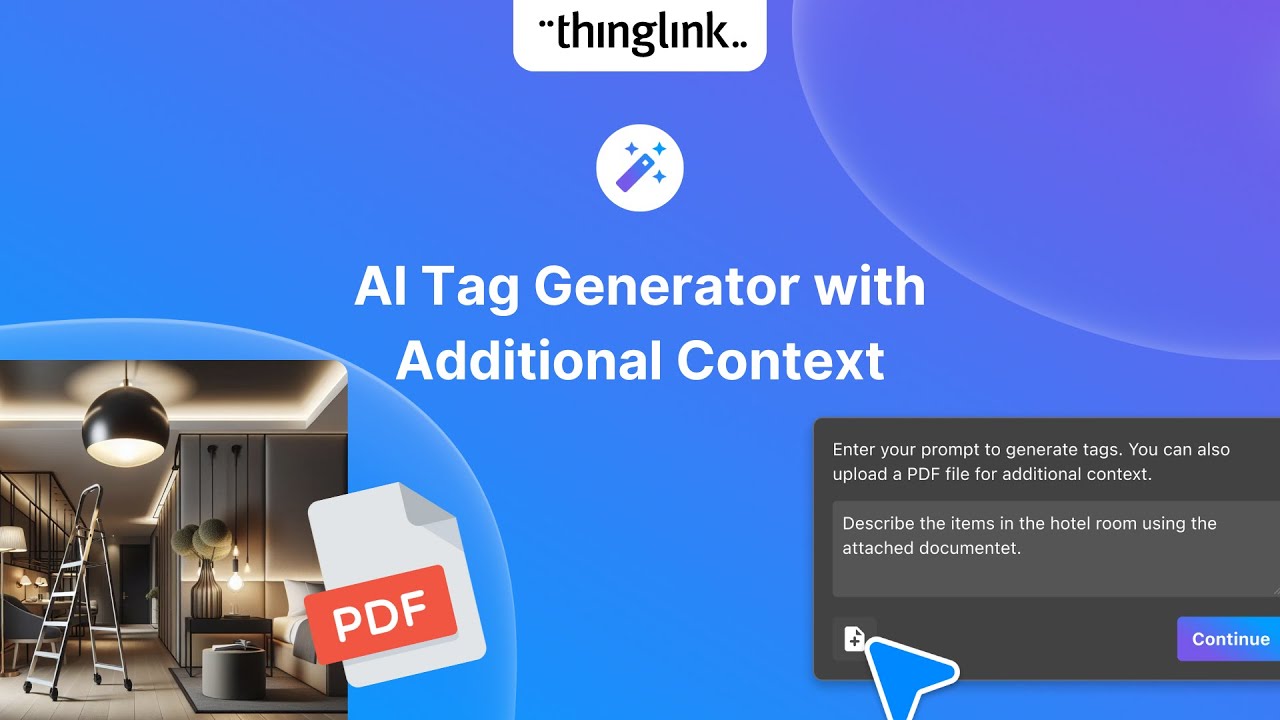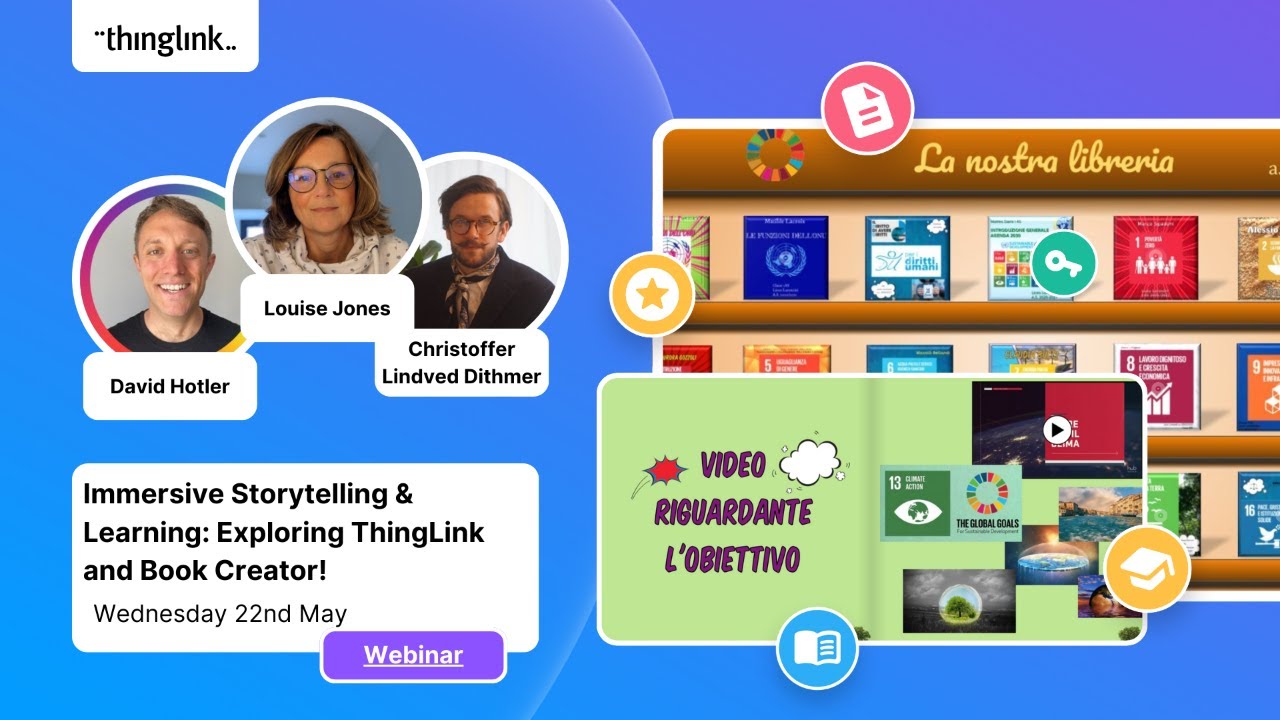ThingLink Spotlight! 몰입형 학습을 이끄는 듀오 Manisha와 Kevin
핵심 내용 • 누구: The University of Salford LTEC 소속 교육 기술 전문가 Manisha Mort & Kevin Ingham • 무엇: 박물관 Victorian 거리를 활용한 온라인 탈출 게임 제작 • 이유: 교수들에게 ThingLink 사용법과 활용 가능성 보여주기 • 방법: 2일 만에 완성한 실습 프로젝트로 실현 가능성 증명 • 결과: 교수진의 디지털 도구 사용 자신감 향상과 새로운 아이디어 창출 두 전문가의 만남 교육 현장을 바꾸는 실무진 The University of Salford Learning & Teaching Enhancement Centre에서 일하는 Manisha Mort와 Kevin Ingham은 교육용 기술 도구 전문가입니다. Manisha는 생명과학 연구실에서 오랜 경험을 쌓은 후 교육 기술 분야로 전환했고, Kevin은 전자 영상과 사운드 디자인 배경을 가진 다방면 전문가입니다. 두 사람 모두 복잡한 기술을 교수진이 쉽게 사용할 수 있도록 돕는 일을 담당하고 있습니다. 특히 Kevin은 AI를 교육에 활용하는 방법과 온라인 평가 시스템에 특별한 관심을 갖고 있습니다. 2일 완성 프로젝트의 비밀 시간 부족을 핑계로 삼지 않기 이들의 대표 작품은 캠퍼스 내 Salford Museum의 Victorian 거리 전시관을 배경으로 한 온라인 탈출 게임입니다. 가장 인상적인 부분은 단 2일 만에 완성했다는 점입니다. "우리가 2일이라는 마감을 정한 이유는 간단합니다. 바쁜 교수님들도 충분히 할 수 있다는 걸 보여주고 싶었거든요." 프로젝트의 학습 목표 3가지: Victorian 시대 Salford 지역 역사 배우기 박물관 Victorian 거리 가상으로 둘러보기 온라인에서 팀워크하며 소통하기 AI 도구로 스토리 만들기 기술을 창작 파트너로 활용 이 프로젝트에서 주목할 점은 AI를 스토리텔링에 적극 활용했다는 것입니다. 게임의 등장인물과 이야기 줄거리를 만들 때 생성형 AI를 사용했습니다. 당시 많은 교수들이 AI를 어떻게 수업에 써야 할지 고민하던 시기였기 때문에 좋은 사례가 되었습니다. "AI가 단순히 글쓰기 도구가 아니라 교육 콘텐츠를 만드는 파트너가 될 수 있다는 걸 보여주고 싶었어요." 체험 중심 워크숍 진행 학생 입장에서 먼저 경험하기
- ContenjooC











